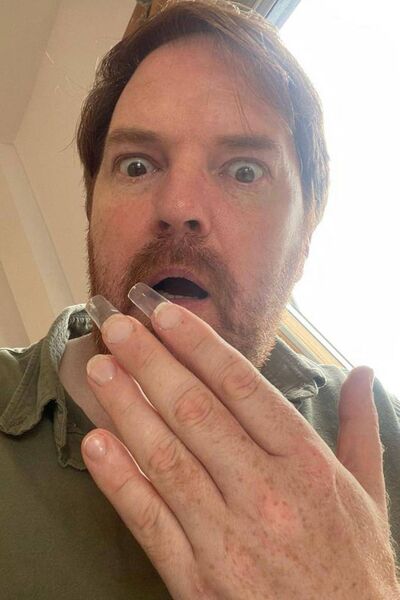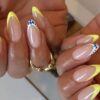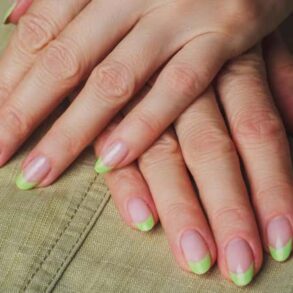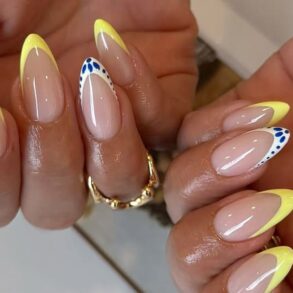When I break a nail, it’s not just a cuticle disaster; it’s also a musical one. I’ve played the guitar since I was twelve and, over the years, learned to finger-pick the instrument to a decent standard.
When you are on your own on a stage with nothing, only those six strings, you need an extra dimension, and this is where my nails come in.
But my nails consistently break, and it’s a nightmare because you might have practised something for weeks, and suddenly, you break one.
It may be the quintessential phrase for “wimpish” behaviour, “Oh no, I broke a nail?” But it’s a different matter when you need them for your job.
I decided for the first time to do something about it. I visited Jo Simpson, a nail artist and technician. Jo has set up a new parlour on Dublin’s vibrant Camden Street.
When I asked her if she had many guitarists come in for a manicure? She told me that it was a regular enough occurrence. Her nail art even made its way onto the biggest stage in the country.
“They used various techniques over the years, but what they found best was nail polish.
“One of the guitar techs came up to us. He asked if we had any acrylic with us for his nails. He told us where acrylic nails originated from for the needs of guitarists. Over the years, we had loads of musicians visit us.”
Jo uses nail gel as she finds it doesn’t damage the nail as acrylic can. Guitars aside, a well-manicured man was once the absolute norm.
In the annals of history, the reverence for well-groomed nails has traversed continents and eras. Picture ancient China, where the aristocratic class boasted lengthy, impeccable nails, directly representing their noble status and a life unburdened by physical labour.
In the courts of Versailles, luxury was not merely a characteristic but a steadfast rule. King Louis XIV, a monarch with a penchant for embellished nail artistry, was at the forefront of this grandiose era.
In his regal presence, the nails were more than just a body part, transforming into intricate canvases that mirrored the grandiosity of his reign, weaving a tale of wealth and magnificence.

This post was originally published on this site be sure to check out more of their content.





